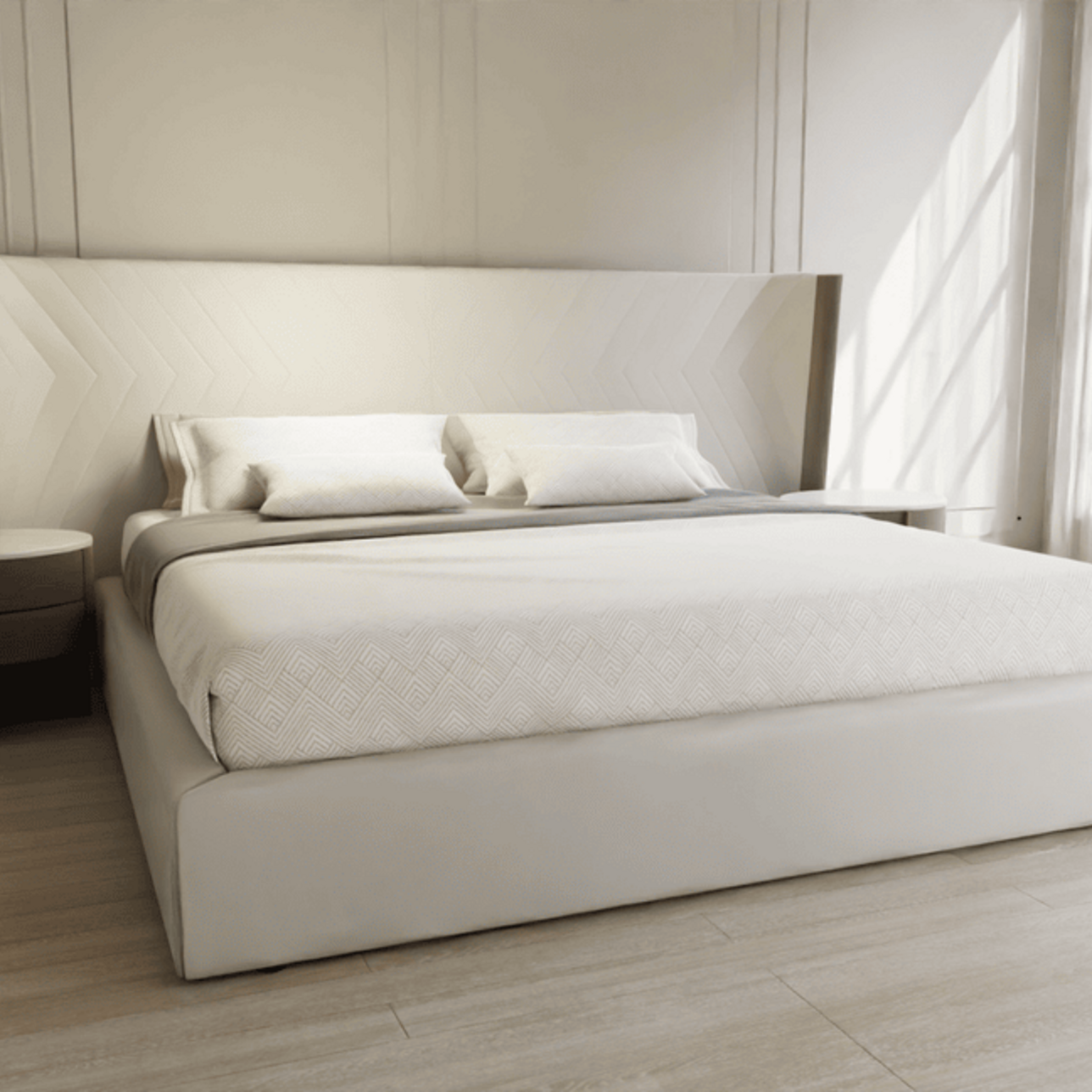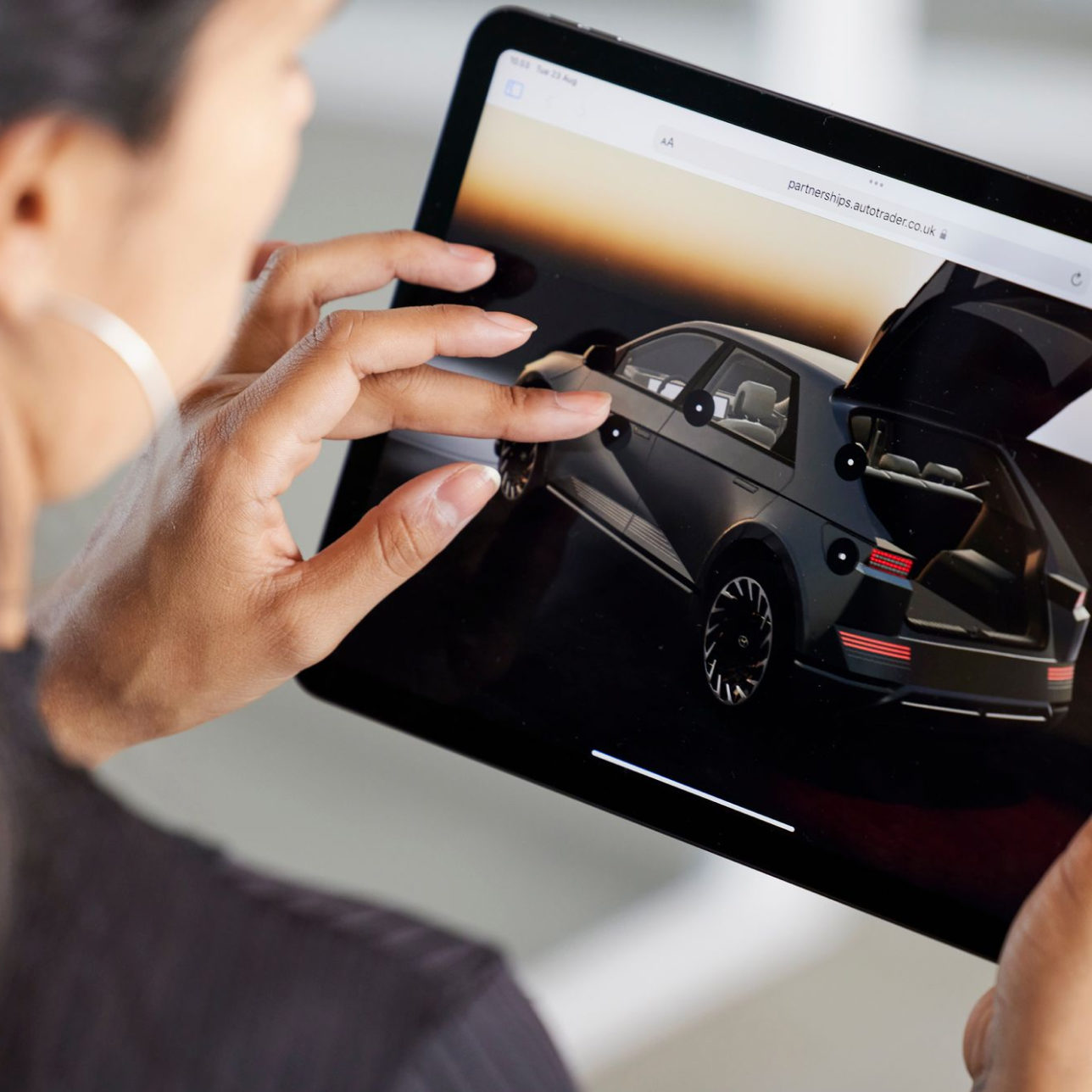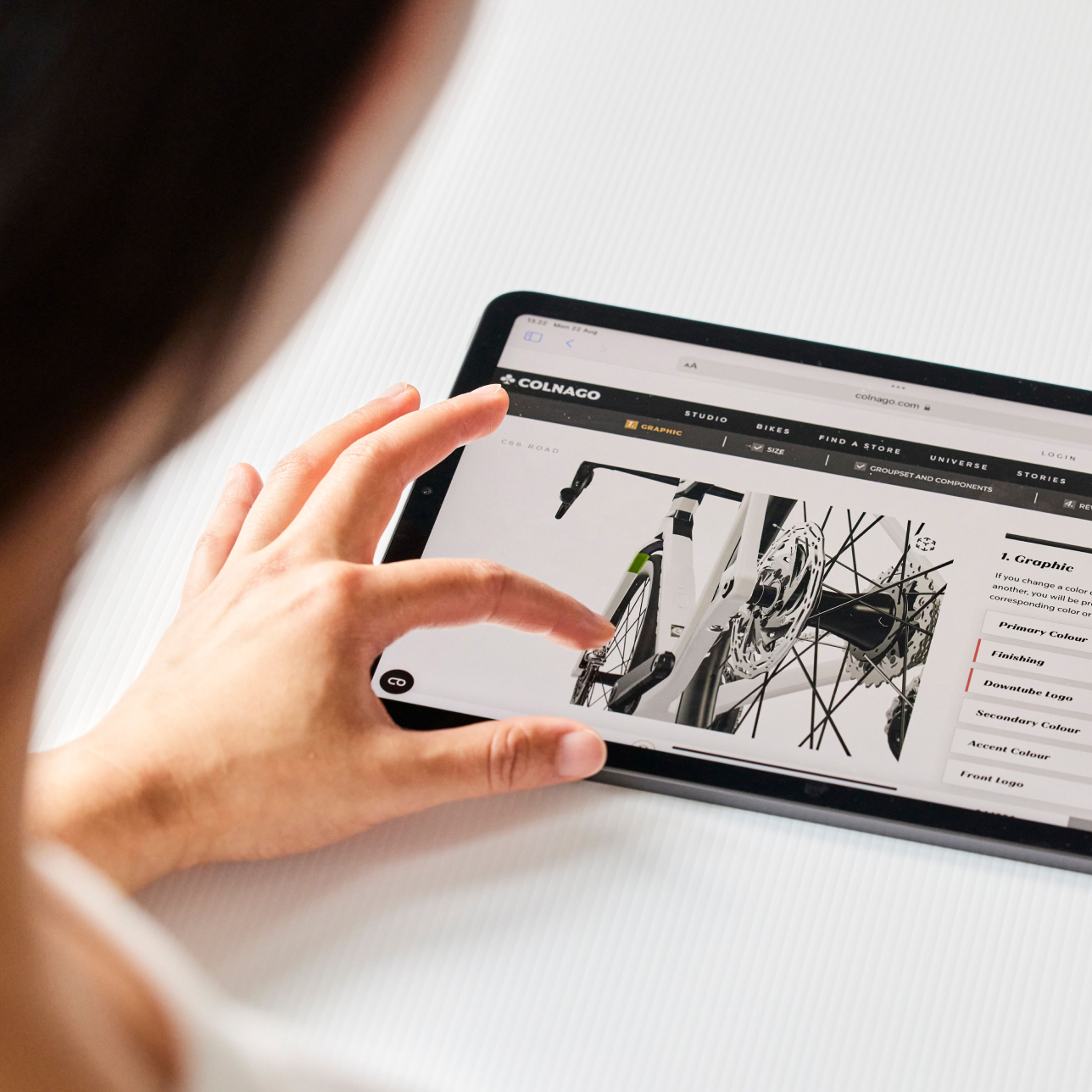3D Product Rendering: a practical guide for eCommerce brands
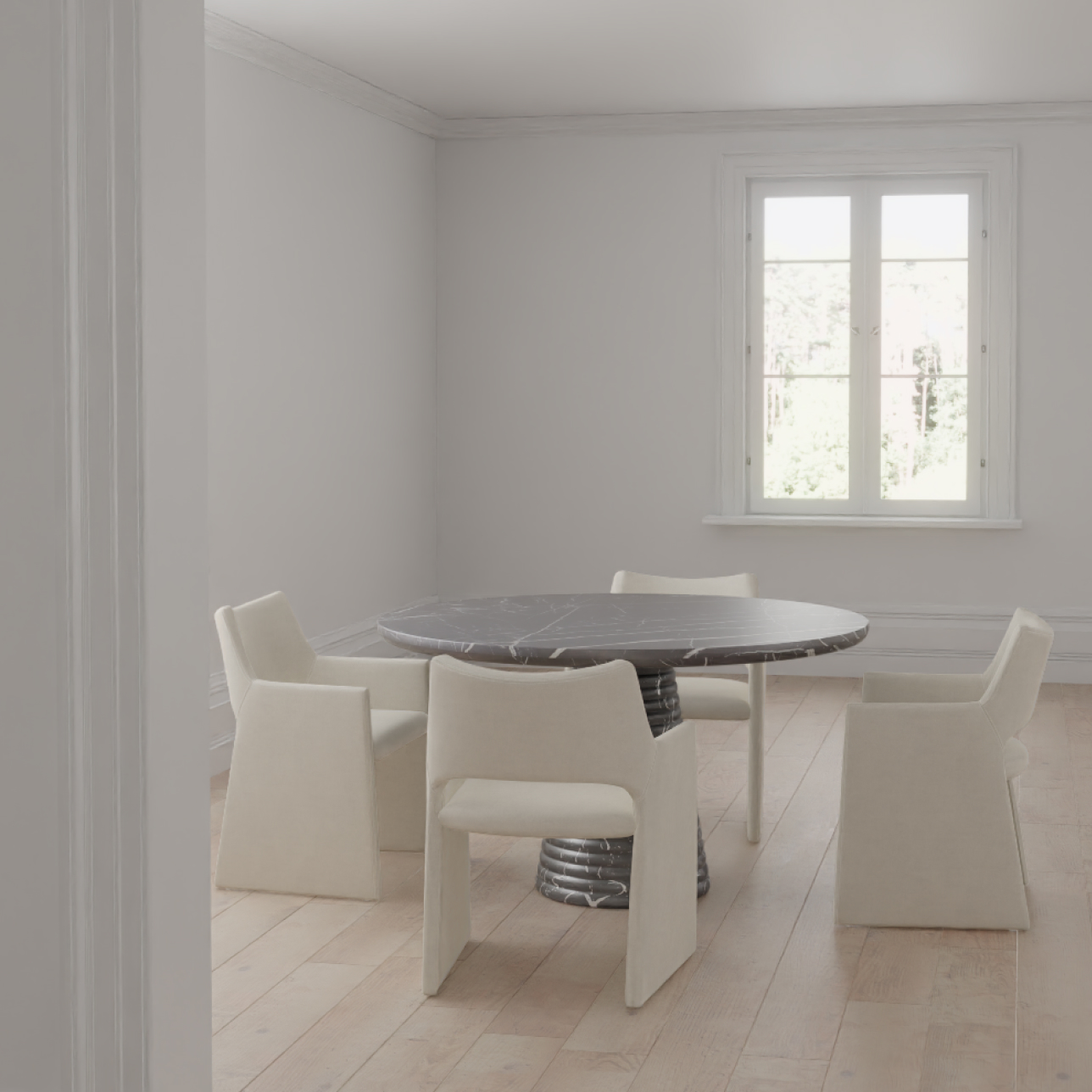
Rendering is everywhere. From the video games we play to the buildings we design to the movies we stream. But one place it’s quietly making the biggest impact: our online stores.
3D product rendering is helping brands showcase their products with a level of accuracy and flexibility traditional photography simply cannot match.
But it’s not just a visual upgrade that is attracting a growing number of brands. 3D rendered product images are a significant performance driver, with Shopify reporting that 3D models boost conversions by up to 94%,
So, what exactly is 3D product rendering, how does it work and why are top eCommerce brands adopting it at scale? In this guide, we’ll explore the key benefits, real-world use cases and how you can get started.
What is 3D Product Rendering?
3D product rendering is the process of creating photorealistic, 2D digital images from 3D models of products. Unlike traditional product photography, which requires physical product samples, studio setups and retouching, 3D rendering builds lifelike visuals entirely in computer software.
In other words, it’s a virtual photo shoot of a 3D product where lighting, materials, angles and environments can all be simulated digitally to give brands complete creative control of their product images.
“3D rendering is a game-changer for furniture, fashion, and luxury goods — anything tactile or customizable. It lets shoppers spin, zoom, and visualize before they click “buy.” Bonus: it slashes photoshoot costs and makes A/B testing product variations insanely fast. Think virtual showroom without the overhead.”
– Justin Belmont, Founder & CEO, Prose
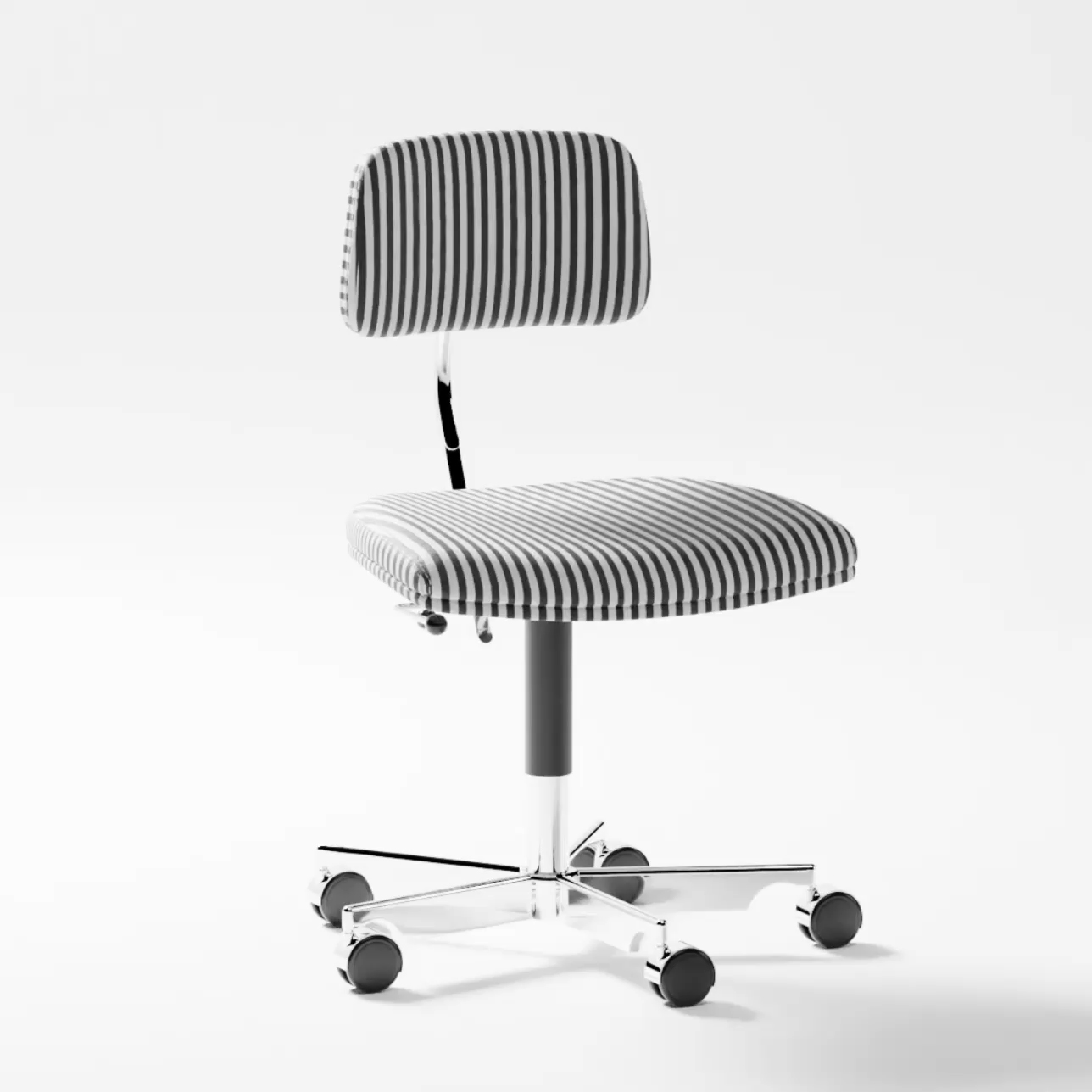
Different forms of 3D product rendering
While 3D product rendering visualization typically refers to the creation of 2D images from 3D models, those rendered assets can be used in various formats depending on the brand’s goals and user experience needs:
- Static Images – high-resolution images used like traditional product photography. These are ideal for PDPs (Product Detail Pages), marketing materials and digital catalogues as they allow full control over lighting, angle and background.
- 360° Product Spins – a sequence of rendered images from multiple angles stitched together to create the illusion of full rotation. Shoppers can drag to explore the product from every side, improving interactivity without full 3D implementation.
- Interactive 3D Viewers – allow users to rotate, zoom and inspect products in real time within a 3D viewport. These are particularly useful for complex or detail-rich products where static imagery doesn’t tell the whole story.
- 3D Product Configurator – used within a live product customizer, 3D renderings update dynamically based on user-selected features such as colors, finishes, add-ons or materials, which enables real-time personalization and visual feedback.
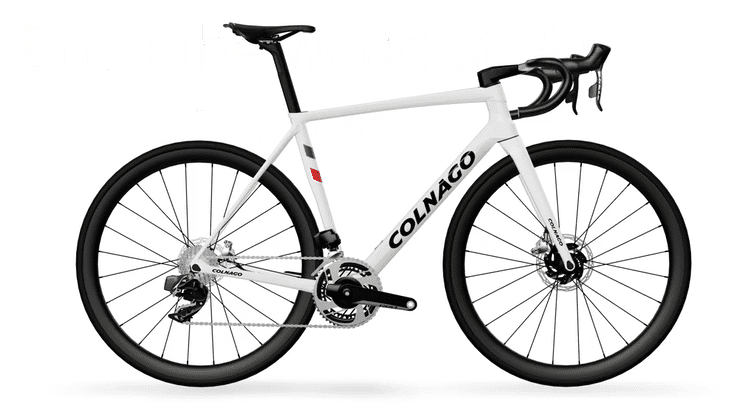
“The highest ROI [or 3D product rendering] comes from industries where products are customizable but difficult to photograph in every variation – think commercial furniture, specialized machinery, and building materials with multiple finish options.”
– Keaton Kay, Founder & CEO, Scale Lite
Primary benefits of 3D product rendering for eCommerce brands
Let’s take a look at the main advantages of 3D rendered products in the online retail space:
1. Photorealism that builds trust
3D renders can replicate every detail from textures and materials to lighting and shadows. The clarity achieved from these true-to-life visuals that match the real-world product helps customers feel confident in their purchase decisions.
2. Cost-effective content at scale
Unlike traditional product photography with cameras, which often demands multiple setups for each variant or color option, a single 3D model can be used to produce hundreds of images. This scalability greatly reduces production time and cost, especially as product lines expand and evolve.
3. Faster time to market
With 3D rendering, products can be visualized before they are physically produced, allowing brands to kick-off marketing campaigns, pre-order promotions or launch product webpages ahead of time. This speeds up the entire go-to-market process and provides a significant competitive edge.
4. Reduced returns via visual accuracy
Since 3D rendered images provide photorealistic depictions of products, customers have more accurate expectations and are less likely to be disappointed when the product finally arrives. This alignment between online visuals and the physical product minimizes the risk of costly returns, which can also damage brand reputation.
5. Versatile visuals for marketing campaigns
3D rendered images can be repurposed across virtually every marketing channel, from product webpages to social media ads to print materials. Because brands are not limited by the constraints of traditional photography, they can create on-brand, seasonal or lifestyle-themed visuals with greater speed and operational consistency.
“The overlooked benefit [of 3D product rendering] is inventory efficiency. One client eliminated $3.2M in sample production costs by rendering their 47 fabric options on furniture digitally instead of maintaining physical inventory, while simultaneously reducing their sales cycle by 17%.”
– Ryan T. Murphy, Sales Operations Manager, Upfront Operations
The 3D product rendering process
To fully understand the value of 3D rendering product visualization, it’s useful to know what happens behind the scenes. Here’s a step-by-step breakdown of how digitally rendered product visuals are brought to life.
1. 3D Modeling
A high-fidelity digital version of your product is created using CAD files, product photography or whatever reference material you may have. Every component of your product from structural shape to micro-details is replicated in 3D using a 3D software such as Blender, Autodesk 3ds Max or Maya. The more detailed and accurate the 3D model, the better the final 3D rendering.
2. Material & Texture Mapping
This involves applying the materials and surface properties of the product to the surface of the 3D model, such as leather grain, brushed aluminum or matte plastic. A 3D artist can do this either by digitally painting the model’s surface or by applying a texture map, which is essentially a digital image that is projected onto the surface of the 3D model.
3. Lighting and Environment Setup
As with traditional product photography, lighting in 3D rendering is used to create shadows, highlights and depth. The light source(s) can be maneuvered in various positions as well as adjusted for intensity, color and direction. Scenes can also be set on plain backgrounds or rendered in custom environments, such as a showroom, living room or product-use scenario.
4. Camera Setup
As with lighting, the principles of traditional photography also apply to camera setup for 3D rendering. Virtual cameras are positioned to capture the product from optimal angles, just like in a real photo shoot. Framing, focal length, exposure and perspective can be adjusted to highlight key product features and enhance visual appeal.
5. Rendering
Like snapping the perfect photo, rendering now delivers a lifelike virtual image of the final scene. Specialized rendering software such as Blender, KeyShot or V-Ray processes the scene to generate high-resolution 2D images that look indistinguishable from professional product photos. The more complex the scene, the longer the rendering time, which can vary from seconds to hours.
6. Post-production (optional)
Just like in real-world photography, final tweaks can be made to the rendered image to adjust contrast, sharpness and lighting, as well as color correction, compositing or adding branding elements such as logos. This step ensures optimum quality and consistency across your entire product lineup or campaign.
“When we implemented rendered images showing various cabinet layouts in different home settings, customer decision time decreased by nearly 30% compared to traditional photography.”
– Eryk Piatkowski, Owner, Kitchen & Bath Direct
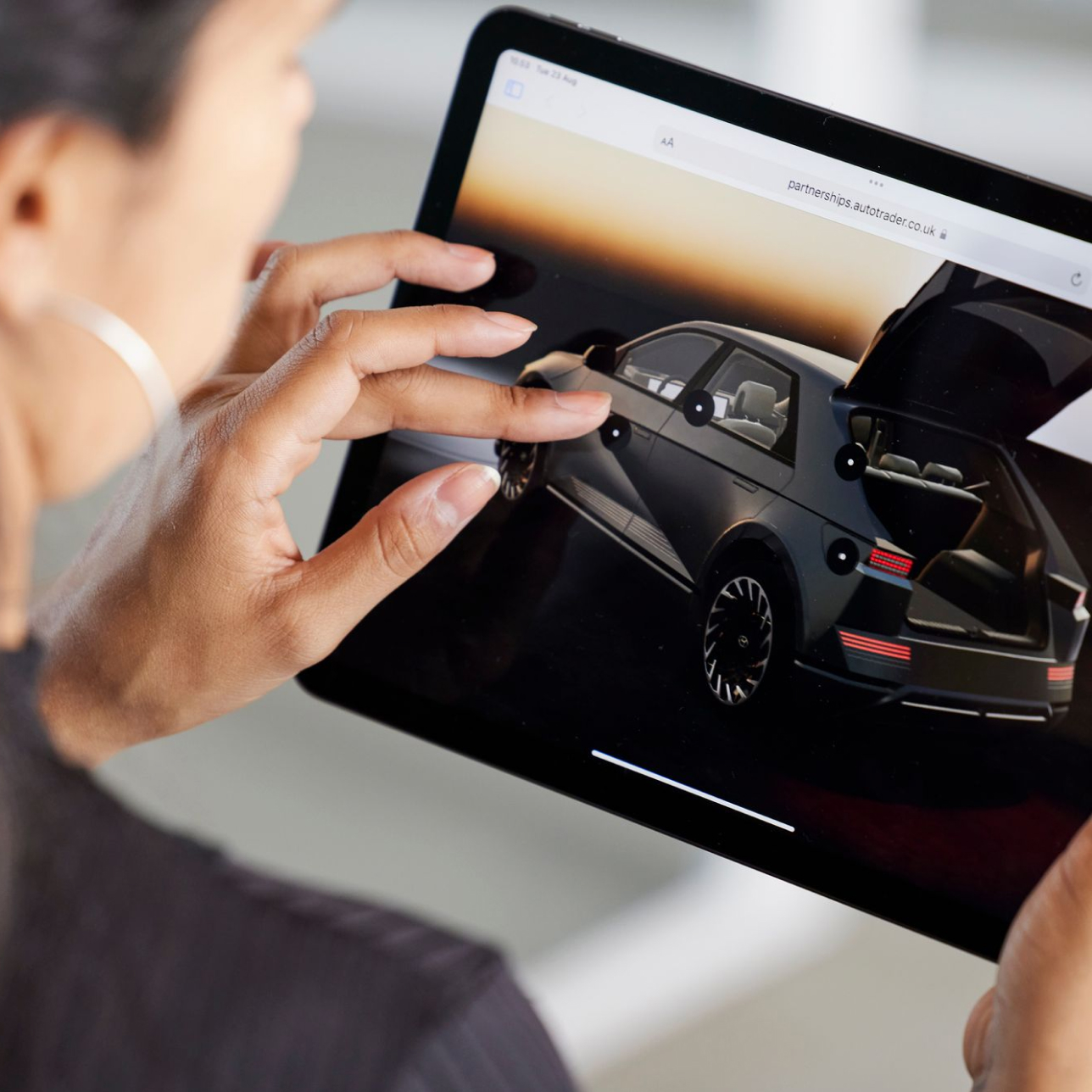
Integrating 3D rendering images with your eCommerce site
Once the 3D product visuals have been rendered, properly integrating them into your eCommerce site is key. Fortunately, modern platforms and tools now make it easier than ever to embed and manage this content.
Here are the three main methods:
- Using a 3D viewer or plugin
Many platforms – such as Shopify, Magento and WooCommerce – now support 3D model viewers or have plugins that allow for interactive image embedding. This lets users rotate, zoom or even explore exploded views of your products.
- Replacing static images with rendered versions
Brands can manually swap out standard product photos with 3D rendered images as thumbnails or gallery images. These can be helpful for showing each customization option without producing hundreds of photos.
- Integrating with a 3D Product Configurator
For brands that want to really wow their customers and those that offer customization, the real power lies in live 3D product configurators. These tools integrate directly into product pages and let users personalize their ideal product with real-time visual updates.
“The hidden value [in 3D product rendering] is in seasonal planning. Our B2B clients use our 3D renderings to approve corporate gift collections months in advance, allowing for better inventory forecasting while reducing physical sampling waste by approximately 60%.”
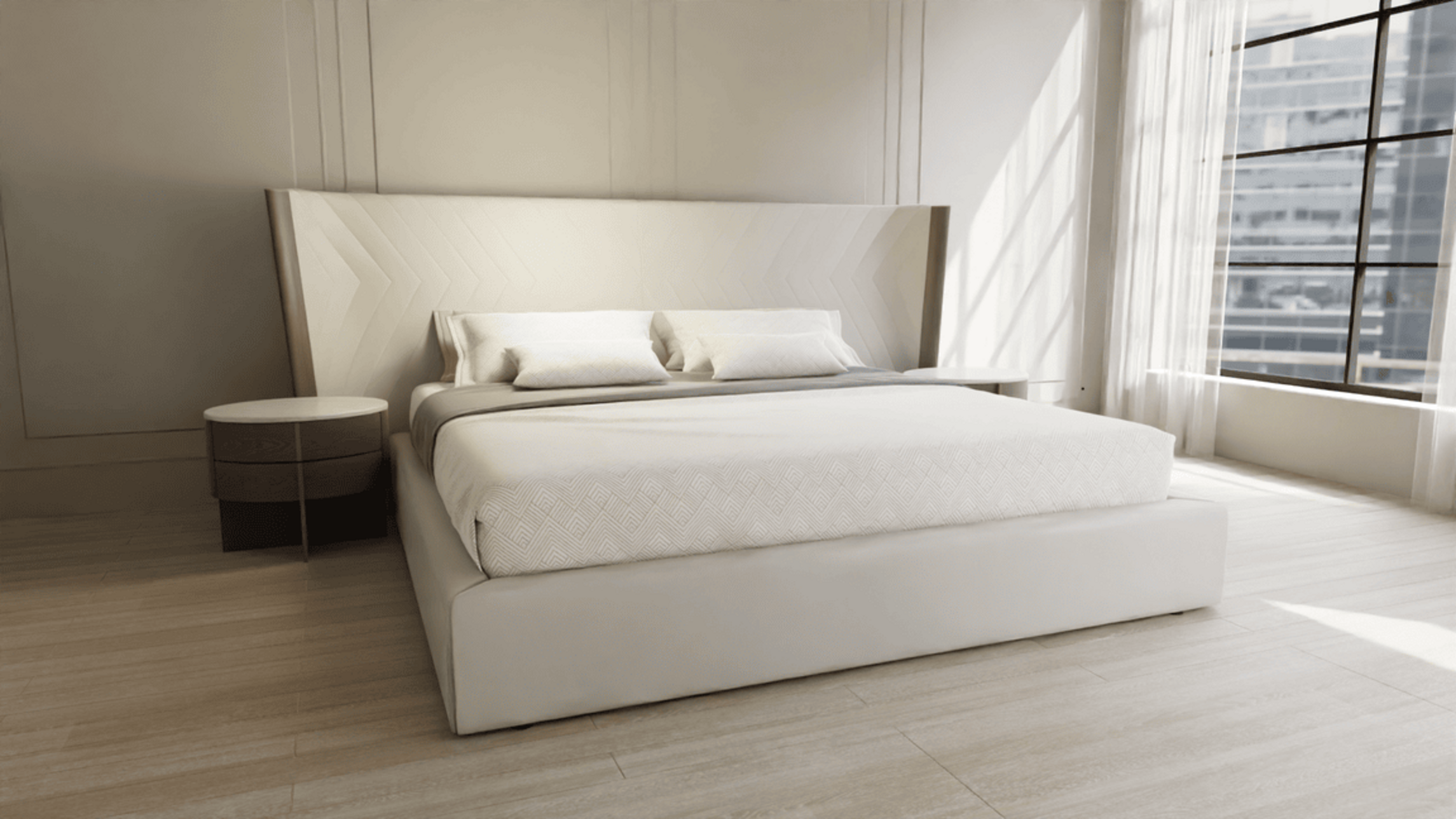
High-impact visuals start with the right software
Whether you’re launching a new line of customizable bikes, selling luxury watches or offering made-to-order gym equipment, 3D rendering helps brands deliver the kind of interactive, immersive experience today’s online shoppers expect.
But unlocking the full value of engaging 3D visuals depends on more than just great models – it requires the right platform. Partnering with a proven 3D software provider ensures your product renders are not only accurate and beautiful, but also scalable, optimized and seamlessly integrated into your eCommerce ecosystem.
Looking to give your online shoppers the clarity they need to convert? Explore what 3D product rendering can do for your eCommerce store and get in touch with our team today.

Schedule a 30 minute introductory call with our team to learn more about the opportunities for your business.
Blog.
We’re working at the forefront of digital technology and believe in sharing knowledge within the industry to help elevate and unlock the power of 3D and AR.
